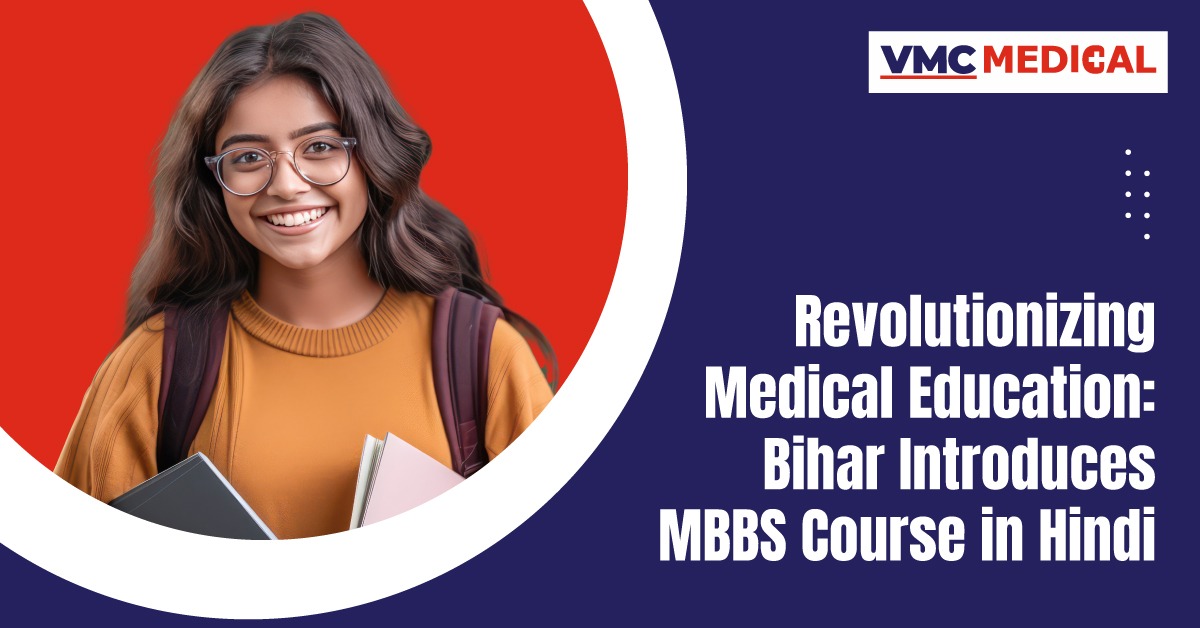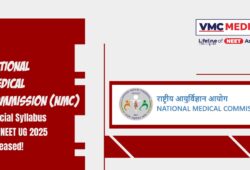Revolutionizing Medical Education: Bihar Introduces MBBS Course in Hindi
 Posted On
Posted On
210 total views, 1 views today
In a landmark decision set to redefine medical education in India, the Bihar government has unveiled plans to introduce Bachelor of Medicine and Bachelor of Surgery (MBBS) courses in Hindi. This initiative marks Bihar as the second state, following Madhya Pradesh, to offer medical education in the national language.
State Health Minister Mangal Pandey announced this transformative step, revealing that starting from the upcoming academic session, students pursuing MBBS in Bihar will have the option to study in Hindi. This move comes as part of Bihar’s commitment to promote Hindi and integrate it into professional education streams.
“The decision to introduce MBBS courses in Hindi underscores our government’s dedication to democratizing access to medical education,” stated Pandey, emphasizing Chief Minister Nitish Kumar’s leadership in advancing this initiative. Discussions leading to this decision included meticulous planning regarding the availability of Hindi textbooks that align with the AIIMS Delhi syllabus.
Madhya Pradesh was the pioneer state to introduce MBBS programs in Hindi, a milestone announced by Vishwas Sarang, the state’s education minister, last year. This groundbreaking move gained further momentum when Union Home Minister Amit Shah pledged support for the development and distribution of Hindi course materials tailored for MBBS students.
The introduction of Hindi as a medium of instruction for MBBS courses is expected to resonate deeply in Bihar, where approximately 85,000 government schools already use Hindi as the primary language of instruction. This alignment with regional linguistic preferences aims to empower a diverse cohort of aspiring medical professionals across the state.
As the educational landscape continues to evolve, the decision to offer MBBS in Hindi reflects broader trends in language inclusivity and accessibility in professional domains. This move not only acknowledges the linguistic diversity of India but also aims to enhance learning outcomes by enabling students to engage with complex medical concepts in their preferred language.
Moreover, the availability of Hindi-language medical education is poised to bridge existing gaps in access to quality healthcare by fostering a more linguistically diverse healthcare workforce. By equipping students with the tools and resources necessary to excel in medical studies in their native language, Bihar sets a precedent for educational inclusivity and regional empowerment.
The transition towards Hindi-language MBBS courses also underscores a strategic alignment with global language trends, positioning Hindi as a viable medium for academic and professional discourse in healthcare. This initiative is expected to contribute significantly to the government’s larger goal of promoting Hindi as a global language, resonating with international audiences and enhancing India’s linguistic footprint in the global arena.
Looking ahead, the implementation of MBBS courses in Hindi represents a pivotal moment in the evolution of medical education in Bihar, setting the stage for further innovations in language-inclusive learning environments. As students prepare to embark on their medical journeys in their native language, the impact of this decision is poised to transcend educational boundaries, fostering a new era of linguistic diversity and accessibility in healthcare education.
Closing Thoughts
In summary, Bihar’s initiative to introduce MBBS courses in Hindi stands as a testament to the state’s commitment to educational reform and linguistic empowerment. By embracing Hindi as a medium of instruction for medical studies, Bihar not only strengthens its cultural identity but also paves the way for a more inclusive and accessible healthcare education system. This bold step is set to inspire similar initiatives across India, driving forward the vision of a linguistically diverse and globally competitive medical workforce.




